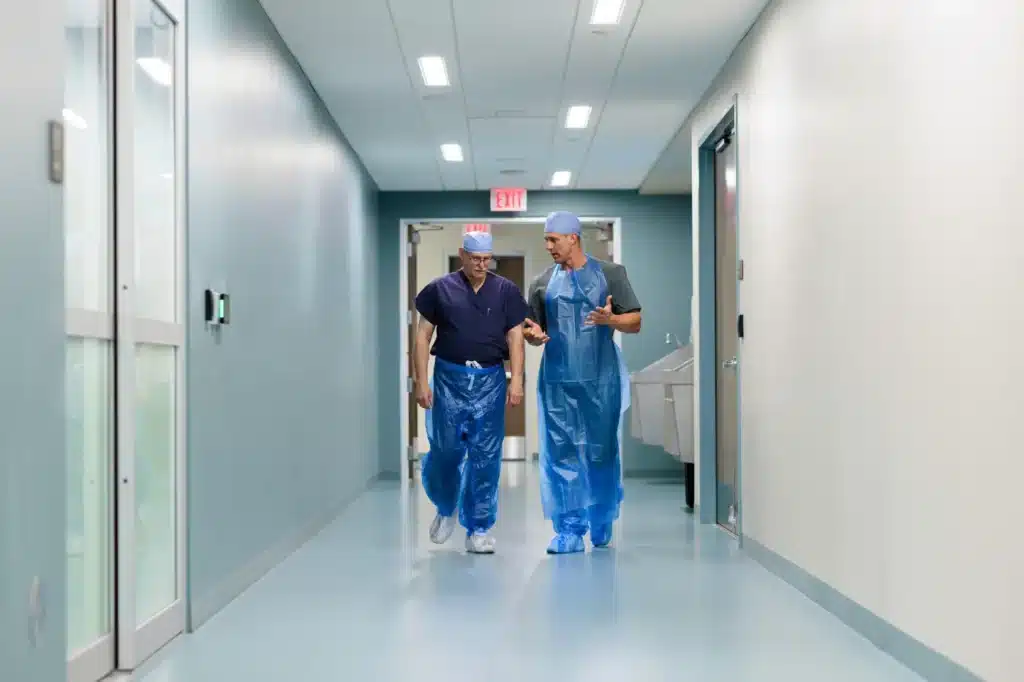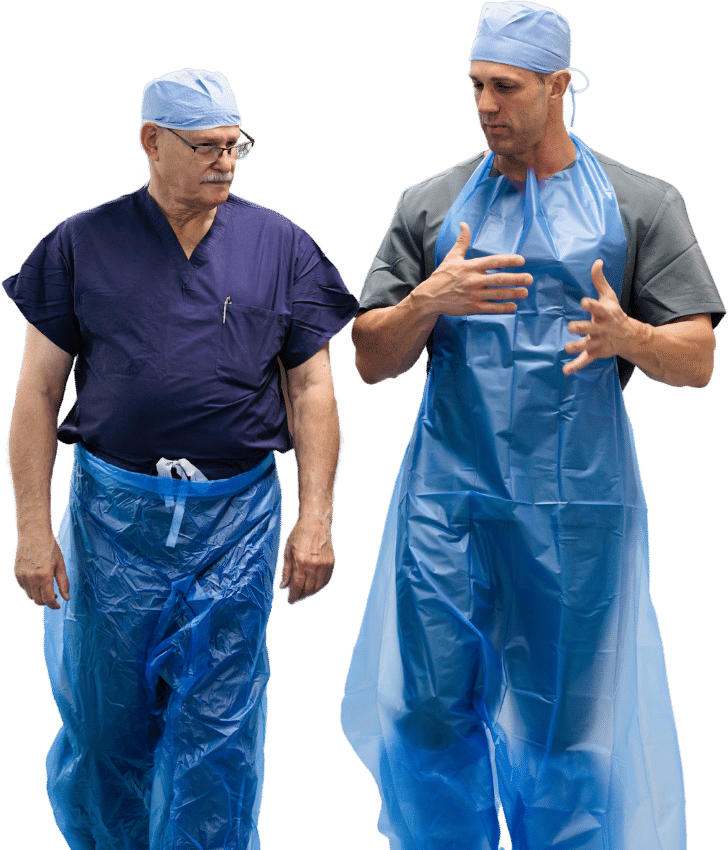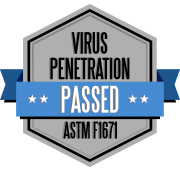Imagine being the first to respond to a disaster scene: injuries and infectious hazards everywhere. First responders put themselves in harm’s way to help others in times of crisis. They need more than just courage; they need the essential PPE for disaster relief workers.
The threat of infectious hazards is ever-present in disaster areas. Germs and pathogens can spread quickly in these environments. To minimize risks, it’s essential to have the correct medical personal protective equipment (PPE) in place. If they’re not careful, first responders can unknowingly become infected or carriers themselves.
This article dives into the crucial PPE necessary for keeping first responders safe. From head to toe, we’ll cover all you need to know to shield your disaster response team from harm.
Potential Infectious Hazards When Working in a Disaster Area
When disaster strikes, emergency response workers face many infectious hazards. These are important to consider for proper disaster preparedness. Bloodborne pathogens are a common risk, including viruses like HIV and hepatitis. Fluidborne pathogens also pose serious threats. They can spread through contact with bodily fluids such as saliva or urine.
Contaminated water is another significant hazard. It can harbor bacteria and viruses that lead to serious illness. Fungus and mold growth, often found in damp areas after a disaster like a flood or a hurricane, can cause respiratory problems and infections. Mold is particularly concerning in water-damaged buildings.
Responders need adequate protection to protect themselves from these hazards. This includes choosing the right protective equipment and ensuring your team is fully trained on the correct donning/doffing process. Training employees on these risks can lower exposure to hazards and reduce the risk of injury.
Common Infectious Hazards:
| Infectious Hazard | Source |
| Bloodborne Pathogens | Blood, injured persons |
| Fluidborne Pathogens | Bodily fluids, injured persons |
| Contaminated Water | Floodwater, standing water |
| Fungus | Moist and damp areas |
Being aware of these hazards helps emergency responders prepare for physical hazards in emergency medical situations. Proper PPE and precautions are vital for safety.
Medical PPE for Disaster Preparedness to Keep Your Team Safe
In the aftermath of a disaster, emergency response workers encounter a variety of unpredictable challenges, which expose them to numerous physical and infectious hazards.
Proper personal protective equipment (PPE) is essential to safeguard these workers from potential harm. Medical PPE not only protects first responders from infection but also minimizes the spread of pathogens in high-risk environments.
Having the right gear can make all the difference in disaster response. Responders should have all types of PPE available to protect themselves and the people they’re helping.
Medical Jumpsuits & Pant Protectors: Keep Fluidborne Pathogens Off Your Team
In disaster-stricken areas, contaminated water and bodily fluids can pose significant risks.
Disposable jumpsuits and pant protectors provide a barrier against these fluidborne pathogens. They shield first responders from potentially harmful contact with blood, fluids, and microorganisms. To prevent these pathogens from reaching the responder’s skin or clothing, jumpsuits, and pant protectors are indispensable.
This protection not only keeps the responders safe but also allows them to carry out their duties effectively. Wearing these protective garments enables responders to focus on helping those in need without worrying about exposure.
Essential Features for Disaster-Ready Jumpsuits and Pant Protectors:
- Heat-sealed seams to prevent leaking
- Impervious +2 ml polyethylene to keep fluids out
- Meets ASTM’s F1671 test standards for viral/bacterial exclusion
- Durable yet disposable designs
- Open-back design to promote air circulation and comfort while working
- One-size-fits-all to ensure easy deployment
Knee Highs, Leggings, Booties, and Shoe Covers: Avoid Cross Contamination
Cross-contamination is a serious concern in emergency response. Responders move between different scenes or sites and handle various equipment and patients.
Disposable shoe covers, knee highs, leggings, and booties serve as crucial barriers to protect first responders from contamination. When removed on an appropriate cadence, they help prevent contaminants from spreading across patients, vehicles, and scenes.
These items maintain high hygiene standards in chaotic environments by keeping surfaces free from germs and other contaminants. Proper donning and doffing techniques are essential here, too.
Failing to follow these can inadvertently transfer pathogens. Using the essential PPE for disaster relief workers correctly guards against cross-contamination and upholds public health.
Essential Features for Disaster-Ready Shoe Covers, Booties, and Leggings:
- Heat-sealed seams to prevent leaking
- Impervious +2 ml polyethylene blend keeps you cool
- Meets ASTM’s F1671 test standards for viral/bacterial exclusion
- Durable with non-slip bottoms
- Designed for easy wear under surgical gowns and other layers of PPE
- One-size-fits-all for easy deployment
Mattress Sheets & Instrument Covers: Prevent the Spread of Pathogens
In emergency situations, controlling the spread of pathogens is one of the most difficult tasks.
Disposable mattress sheets, patient transfer sheets, and instrument covers play a vital role here. These items form a protective layer between patients and the surfaces they touch or healthcare workers and the instruments they use.
Mattress covers and patient transfer sheets prevent bodily fluids and germs from contaminating rescue equipment, backboards, gurneys, and stretchers. Instrument covers and pedal covers provide similar protection for medical tools, ensuring they remain clean even in the absence of a sterilizer.
Using these protective covers helps maintain a sanitary environment and reduces the risk of infection during disaster response.
Download the poster: proper donning & doffing of PPE
Protecting First Responders & Disaster Relief Workers from Head to Toe
Essential PPE for first responders should include items that cover from head to toe.
Head protection involves helmets to prevent injuries from falling debris. Eye and face protection, like goggles and masks, guard against dust and smoke. Workers should wear disposable protective clothing to shield against biological hazards. Proper gloves are vital for handling unknown substances. Footwear needs to be durable to avoid injuries from sharp objects. Respiratory protection, such as masks or respirators, is necessary when air quality is poor.
Disaster relief workers and first responders face an incredible number of hazards during emergency situations. Infectious pathogens like viruses, bacteria, fungus, and mold can all hinder and endanger first responders. Fortunately, the right medical-grade PPE and select disposable medical protective clothing can keep them safer.
Providing adequate protection against potential hazards and reducing the risk of injury in a disaster area is essential. Emergency response workers also need proper training on how to don and doff their PPE.
Keeping these essentials in mind ensures that relief workers can perform their duties safely and effectively during natural disasters or any type of emergency.
Try Our Disaster-Ready PPE for Free
Essential PPE for disaster relief workers shouldn’t be hard to find. We take pride in producing completely impervious and slip-resistant ISO medical-grade covers, tested to ensure the highest quality protection against fluids and contaminants.Sloan Medical is confident that if you try our products, you’ll never go back. So, before you go, claim your free STA-DRI samples and see the difference for yourself.
